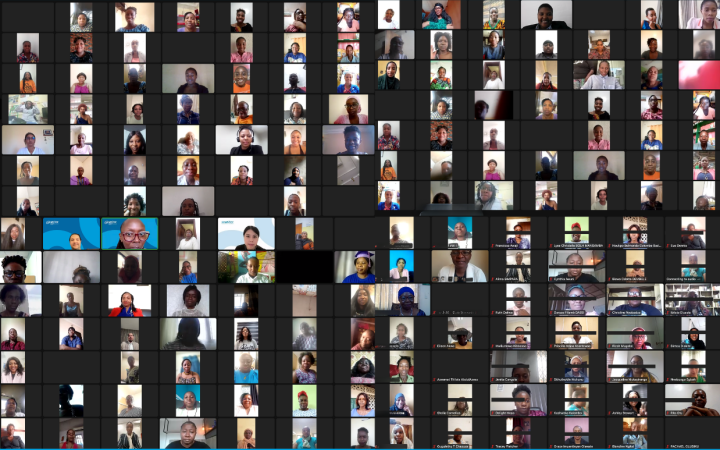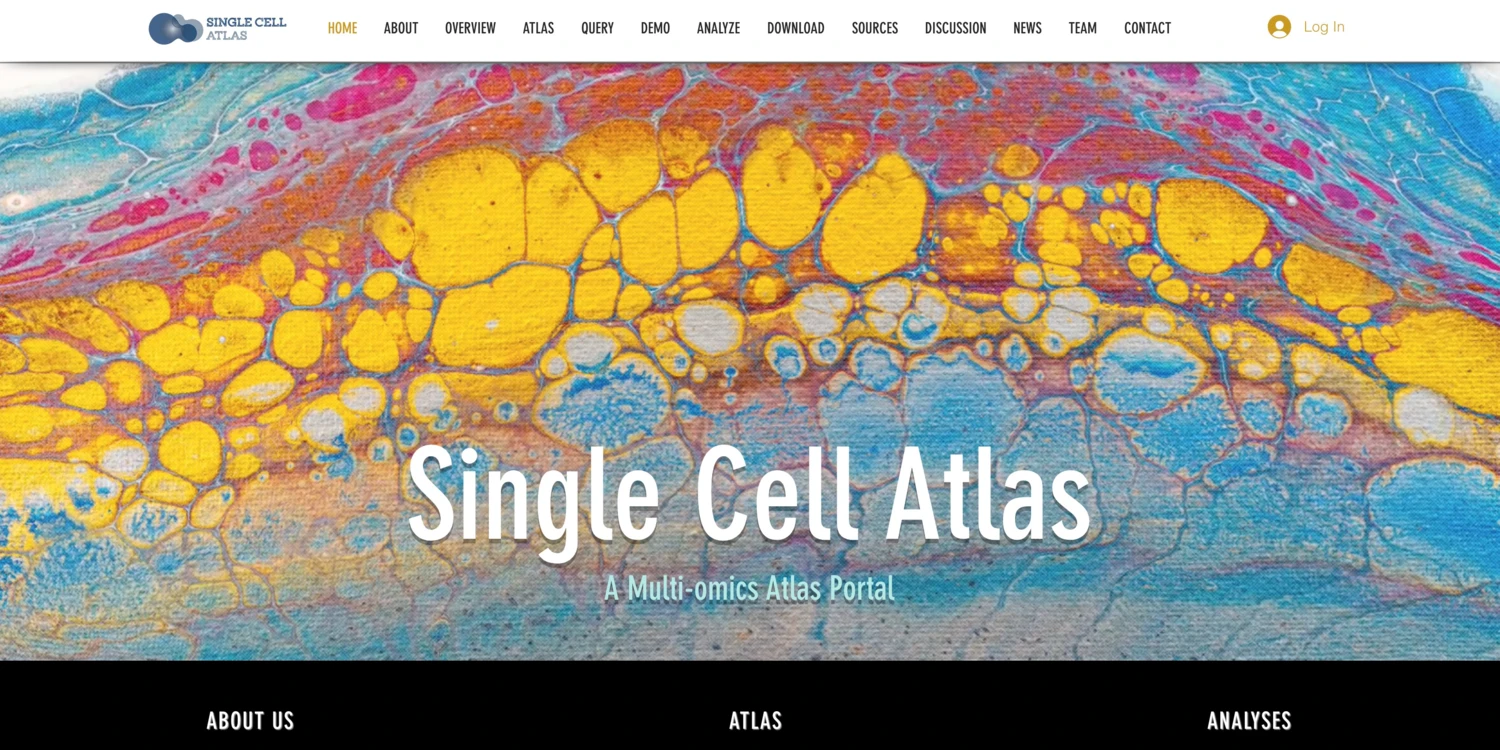The impacts of the COVID-19 pandemic go far beyond the suffering and death caused by the disease itself. It has disrupted education, mental well-being, and livelihoods, deepened existing inequalities and weakened past gains. For adolescents, these have lifelong consequences to their health and well-being.
Data show that the considerable gains from investments in maternal and child health programmes do not last into adolescence. The decline in child mortality is not echoed by a similar drop in adolescent deaths.
Of the estimated 1.2 billion adolescents worldwide, many have missed out on health services that consider their specific needs. Over 2000 adolescents die every day, mainly from preventable causes.
This first WHO report on its work on adolescent health, ” Working for a brighter, healthier future” illustrates WHO’s work across the range of issues in adolescent health and shows how WHO has increased its portfolio of research, set norms and standards, encouraged country support and advocacy, and extended the scope of its work at regional and country levels.
WHO has created an interdepartmental working group to coordinate the work and better address the multifaceted needs of the global adolescent population. This report also provides many examples of WHO’s engagement with young people in all aspects of its work.
WHO is working to collect and analyze data by age and sex, support the development of adolescent-responsive national strategies and plans; and help shape high-level policies to address the environmental, economic, and other social determinants of adolescent health.
As stated by Dr Tedros Adhanom Ghebreyesus, WHO Director-General in his foreword in the report, “We must work together to improve adolescent health today, so that the health of future generations will be better tomorrow.”








.jpg?sfvrsn=97edde42_5)